Small Birds With Long Beaks
Small Birds With Long Beaks
Summary
Explore the enchanting world of small birds with long beaks in this captivating article. From the agile hummingbirds to the elegant ibises and snipes, we uncover the secrets behind their beak length, ecological significance, and fascinating behaviors. Discover how their specialized beaks give them a competitive edge, allowing them to access nectar, probe for insects, and thrive in diverse habitats. With insights into their evolutionary adaptations and remarkable diversity, nature enthusiasts will be captivated by these avian marvels and their intricate role in the ecosystem.
Introduction
The world of small birds with long beaks is a realm filled with awe-inspiring avian species, each showcasing remarkable adaptation and distinct characteristics. From the iconic hummingbirds to the elegant ibises and snipes, these birds have evolved to thrive in diverse habitats across the globe. Join us on a journey as we unravel the wonders of these small avian wonders, understanding the reasons behind their elongated beaks, their ecological significance, and their captivating behaviors.
Hummingbirds (Trochilidae)
Hummingbirds, known for their miniature size and iridescent feathers, captivate us with their agility and beauty. Their long, slender beaks are perfectly designed for accessing nectar from deep within flowers. Species such as the Ruby-throated Hummingbird and Anna’s Hummingbird showcase this remarkable adaptation, allowing them to sustain their high-energy flight by consuming ample amounts of nectar.
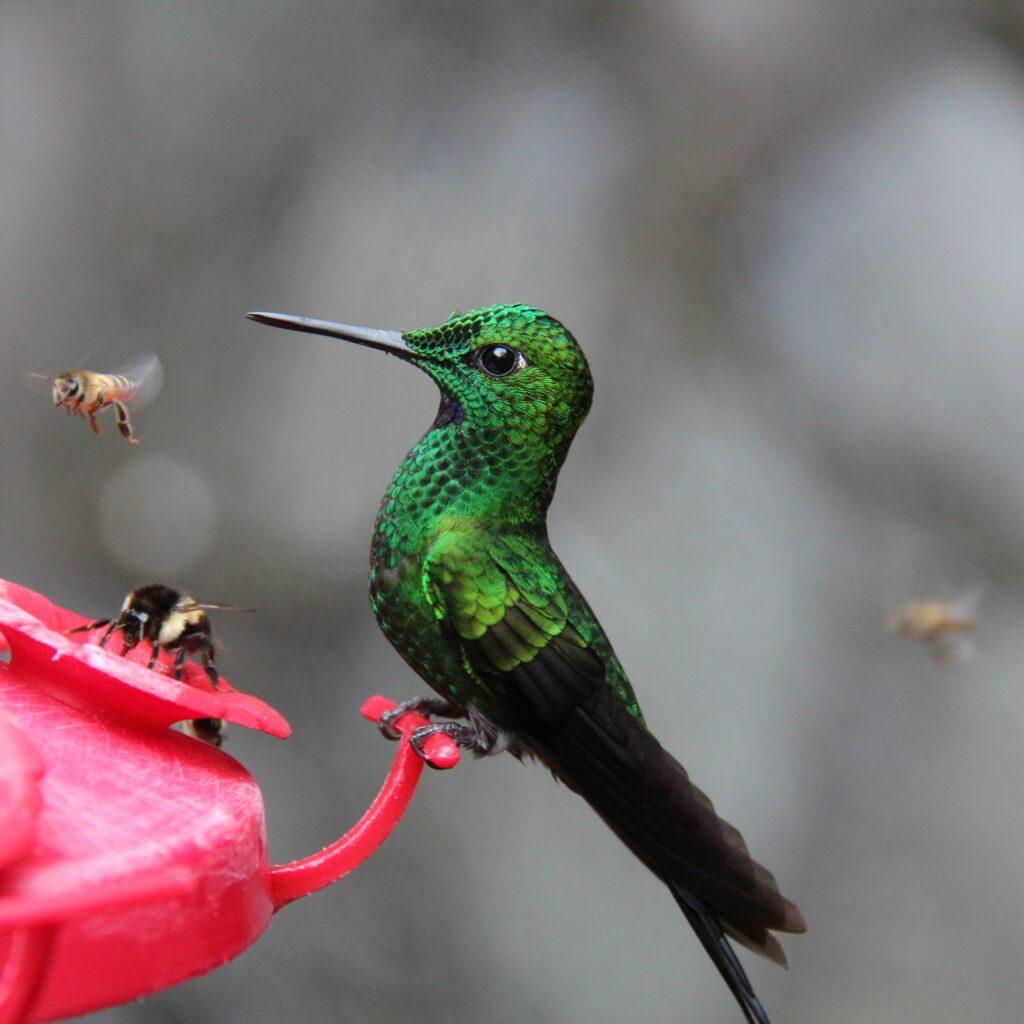
Ibises (Threskiornithinae)
The ibises, with their distinctive downward-curving beaks, have found their niche in wetland habitats. The American White Ibis and the African Sacred Ibis are examples of species that use their long bills to probe shallow waters, extracting small invertebrates, crustaceans, and insects as they elegantly sweep their beaks from side to side.
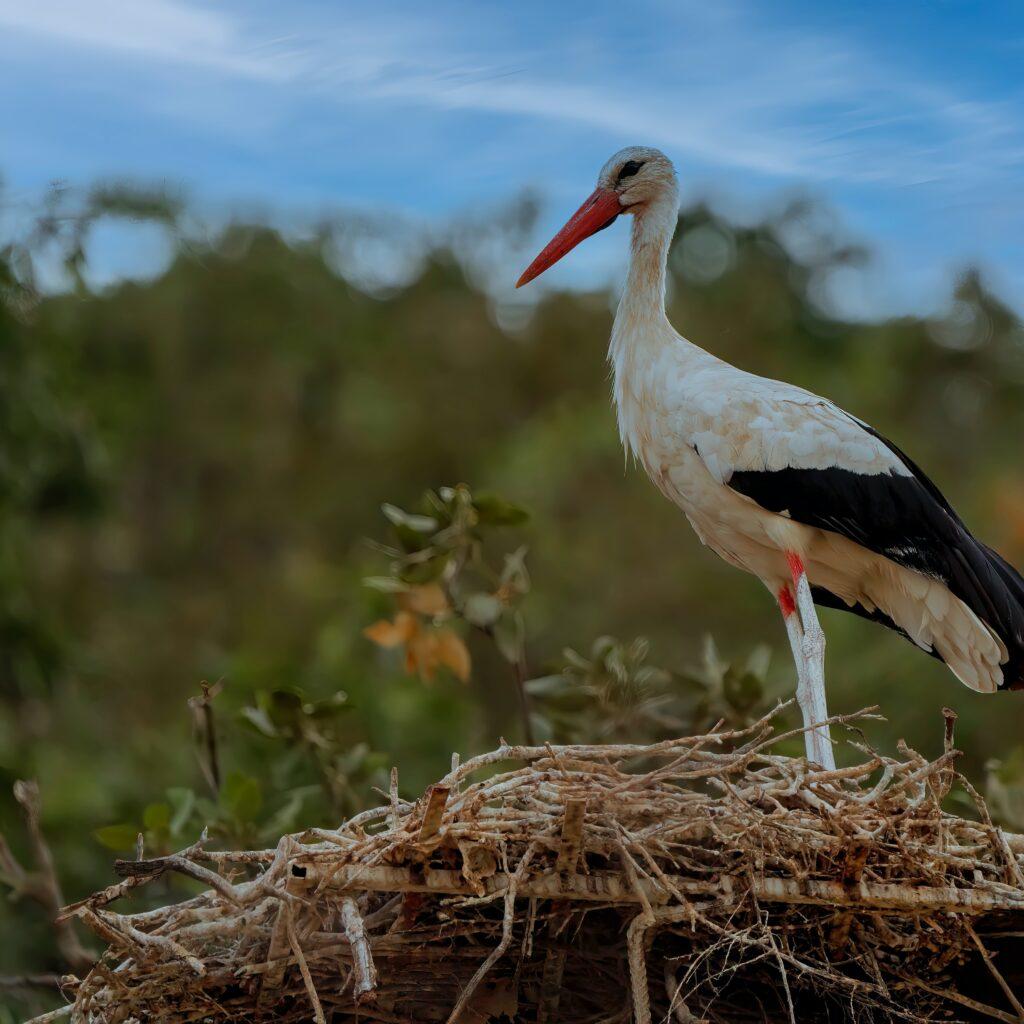
Snipes (Gallinago)
Snipes are known for their exceptional probing skills, aided by their long, straight beaks. The Common Snipe and the Wilson’s Snipe are masters of the wetlands, navigating soft mud and marshes to locate and capture earthworms, insect larvae, and other invertebrates. Their sensitive bills can detect prey through touch alone, making them highly efficient hunters in their watery habitats.
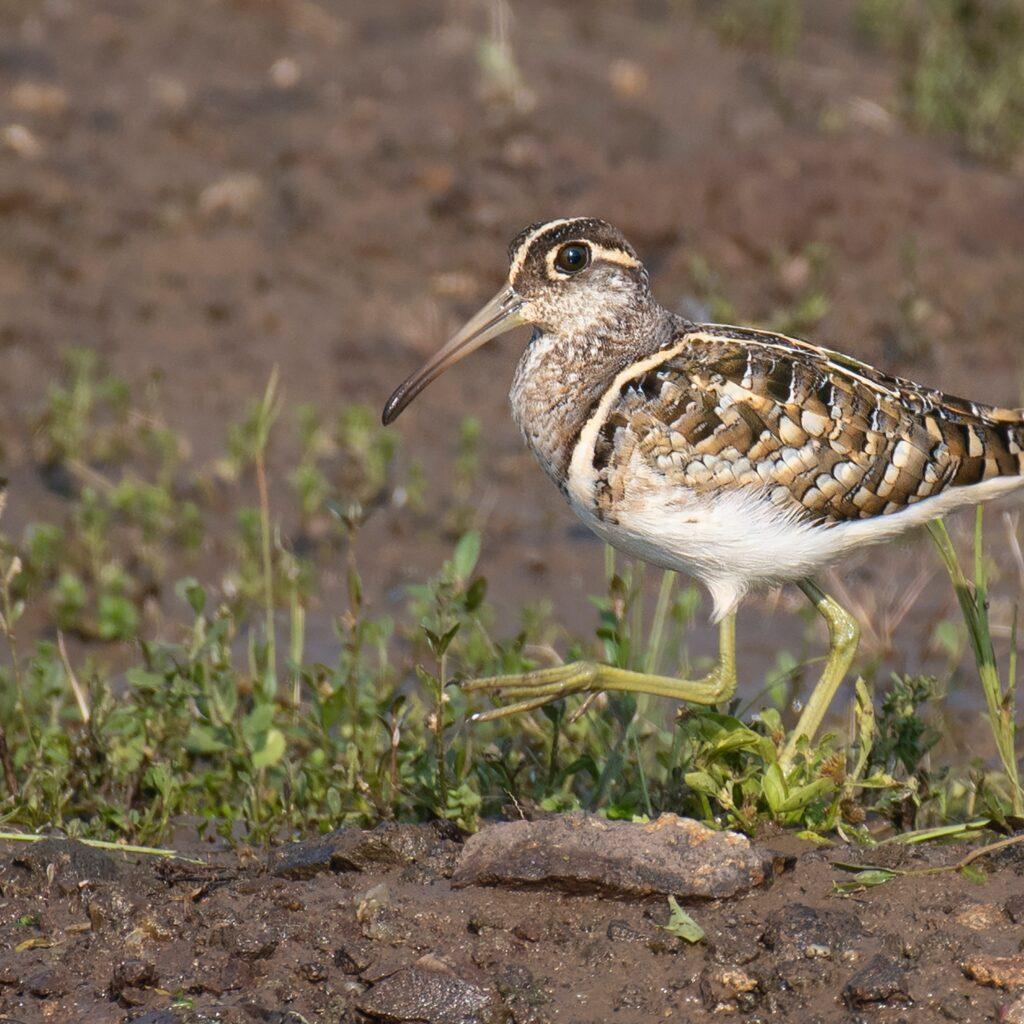
Toucans (Ramphastidae)
Toucans, with their vibrant plumage and oversized beaks, are the epitome of tropical avian splendor. While their beaks are large, they are also relatively lightweight. Toucans, such as the Keel-billed Toucan and the Toco Toucan, utilize their long beaks to reach for fruits and berries, demonstrating their crucial role in seed dispersal within rainforest ecosystems.
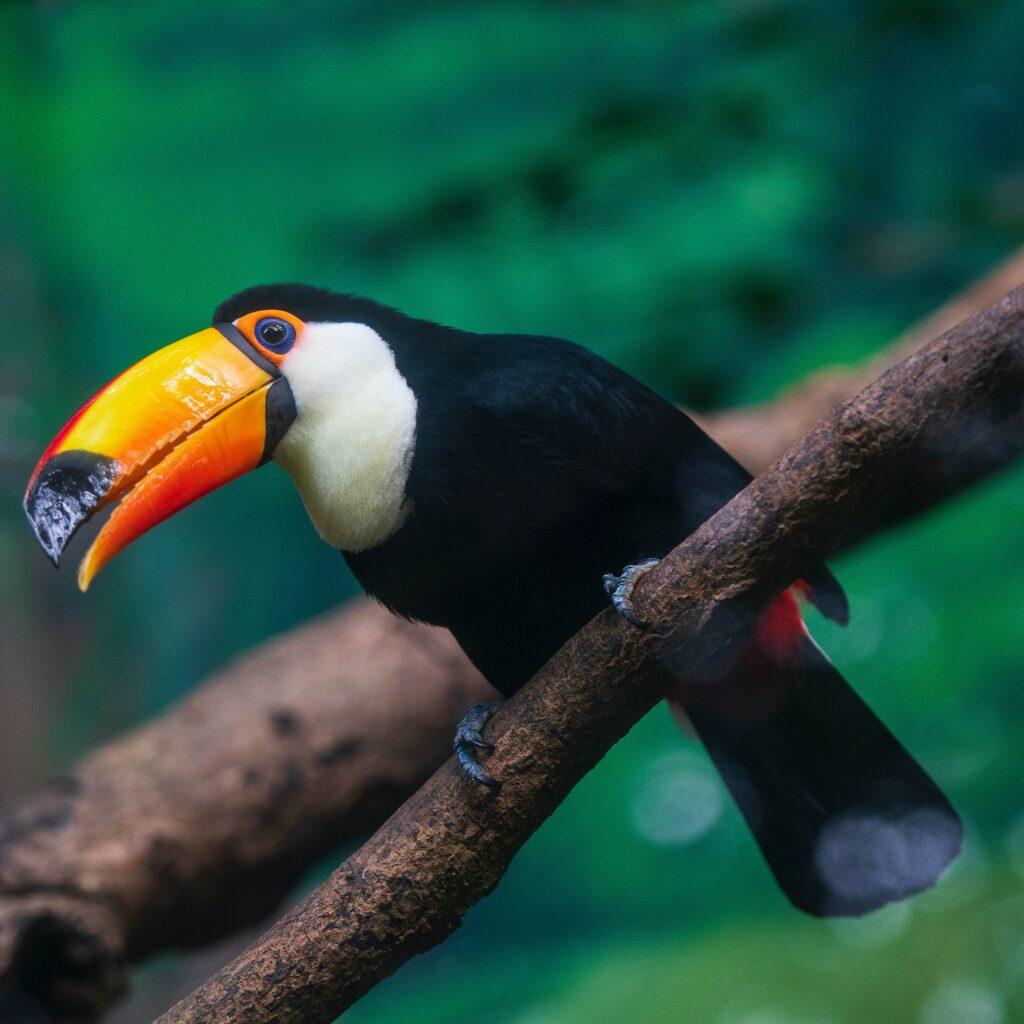
Curlews (Numenius)
Curlews, characterized by their long, curved beaks, are found along coastal areas worldwide. The Eurasian Curlew and the Long-billed Curlew employ their beaks to probe the sandy shores and mudflats, uncovering marine worms, small crabs, and mollusks buried beneath the surface. Their beaks’ length and curvature provide them with an advantage in accessing these hidden food sources.
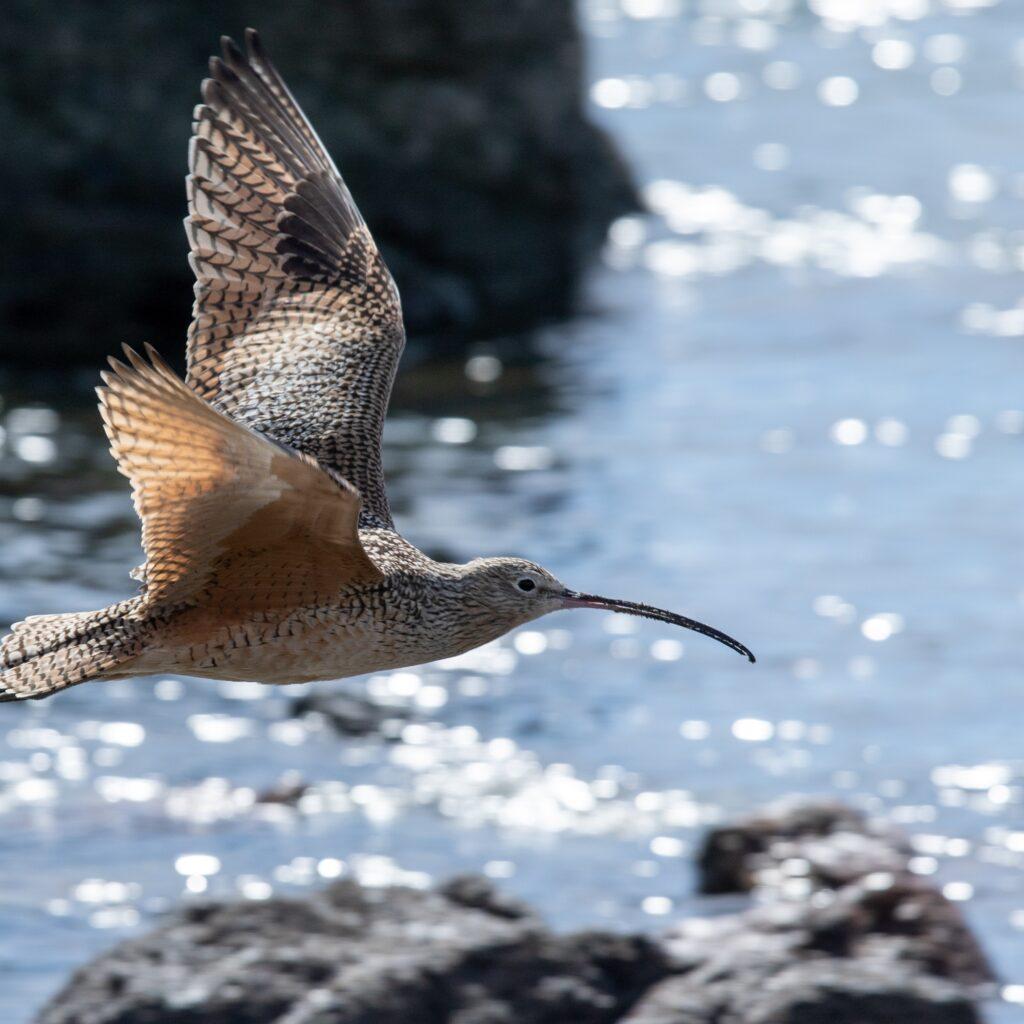
Conclusion
Small birds with long beaks have captivated bird enthusiasts and scientists alike with their incredible adaptations and unique ecological roles. From the delicate hummingbirds sipping nectar to the probing experts like ibises and snipes, each species showcases its own remarkable beak design that allows them to thrive in specific habitats and exploit distinct food sources. Exploring the diversity of these avian marvels provides us with a deeper appreciation for the wonders of evolution and the beauty of nature’s intricate adaptations.
Frequently Asked Questions:
Q1: Why do small birds have long beaks?
A1: Small birds have long beaks as an evolutionary adaptation that allows them to access specific food sources. The length and shape of their beaks are specialized for various purposes such as reaching deep into flowers for nectar, probing into the ground for insects, or extracting prey from crevices. These long beaks provide small birds with a competitive advantage, enabling them to exploit food sources that may be inaccessible to other bird species and thrive in their respective habitats.
Q2: How do hummingbirds use their long beaks?
A2: Hummingbirds use their long beaks to access nectar deep within flowers. Their slender beaks allow them to reach the nectar while hovering in mid-air. This adaptation enables hummingbirds to sustain their high-energy flight and meet their substantial nectar intake requirements.
Q3: What is the significance of curved beaks in ibises?
A3: The curved beaks of ibises are specialized for foraging in shallow water bodies such as wetlands and marshes. These beaks enable ibises to probe the mud and sand, sweeping their bills from side to side to extract small invertebrates, crustaceans, and insects as they forage.
Q4: How do snipes use their long beaks?
A4: Snipes use their long, straight beaks to probe soft mud and marshes, particularly in wetland habitats. Their sensitive bills can detect prey by touch alone, allowing them to locate and capture earthworms, insect larvae, and other invertebrates hidden beneath the surface.
Q5: Why do small birds with long beaks vary in their beak shapes and sizes?
A5: The variation in beak shapes and sizes among small birds with long beaks reflects their adaptation to specific ecological niches and food sources. Each species has evolved a specialized beak that allows them to exploit unique environments, ranging from rainforests to deserts and coastal regions. The diversity in beak adaptations enables these birds to thrive in various ecosystems.
Q6: Do beak length and shape play a role in the mating behavior of small birds?
A6: Yes, beak length and shape can play a role in the mating behavior of small birds. In certain species, males with longer beaks may have an advantage during courtship displays or competition for mates. These exaggerated beak lengths serve as indicators of genetic fitness and can influence mate selection and reproductive success.
Q7: What other factors besides beak length contribute to the success of small birds?
A7: While beak length is an important factor, other aspects such as habitat suitability, feeding techniques, flight capabilities, and social behaviors also contribute to the success of small birds. The ability to adapt to changing environments, competition for resources, and interactions within their ecological community also play crucial roles in their overall survival and reproductive success.

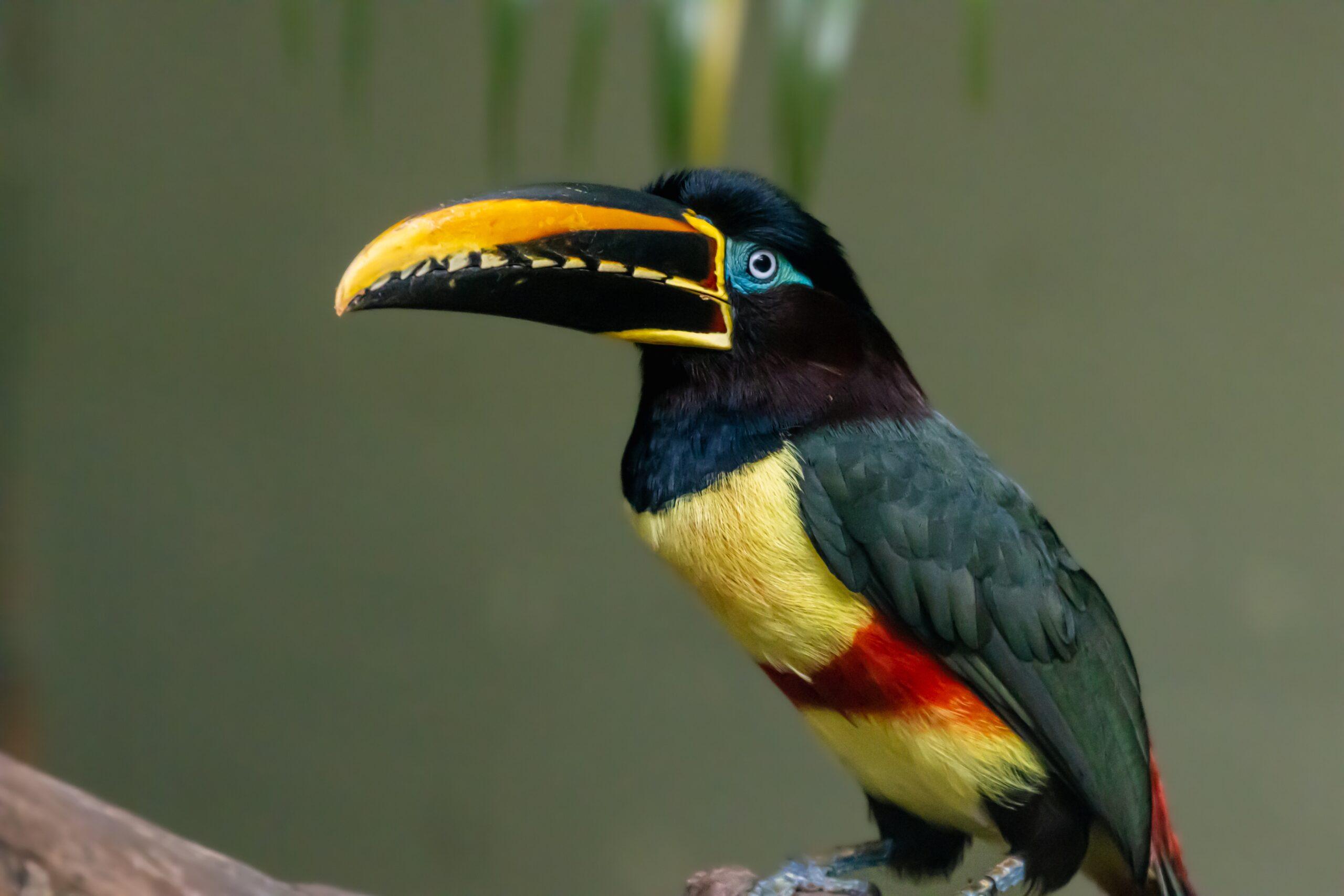
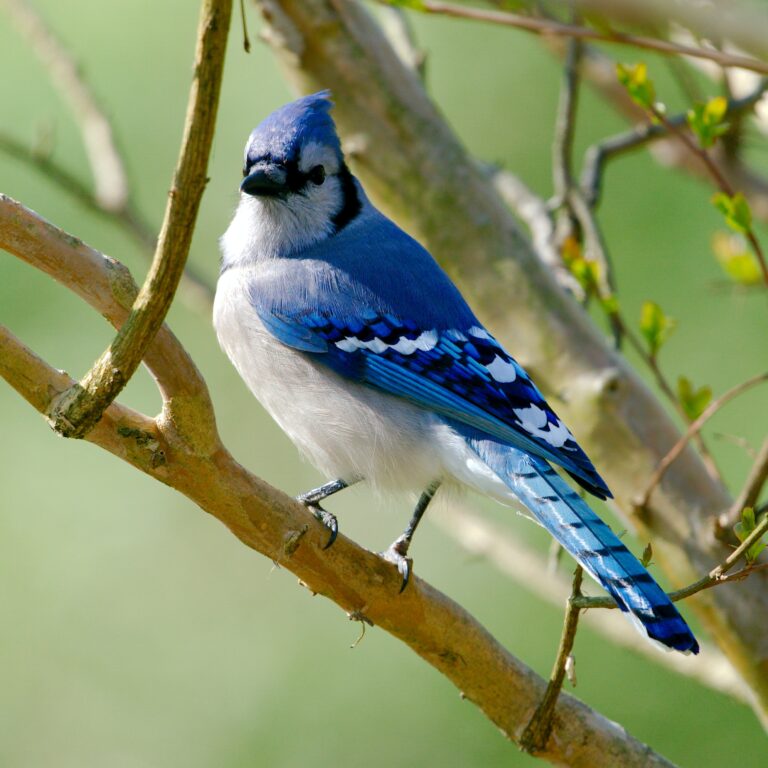
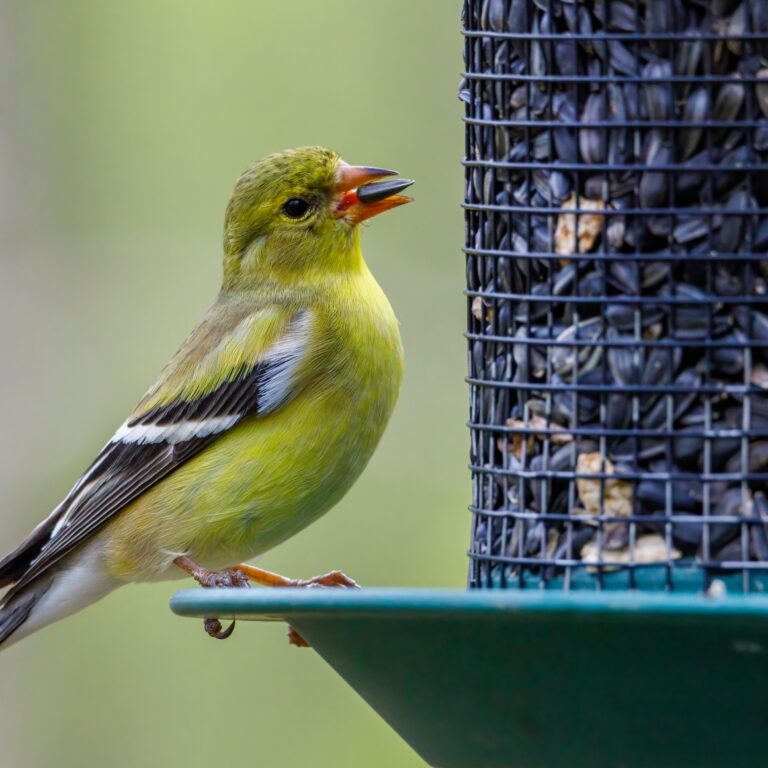
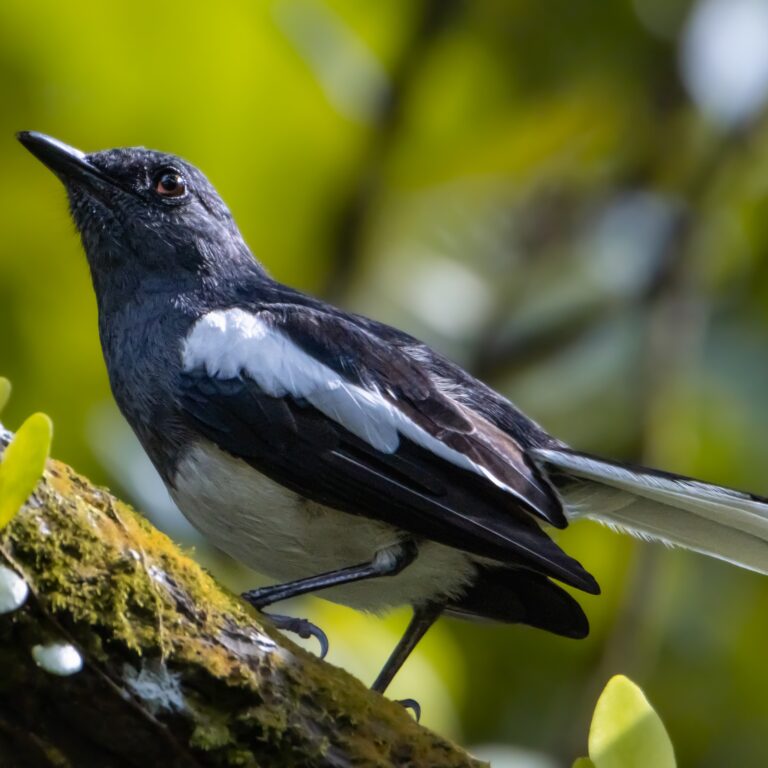
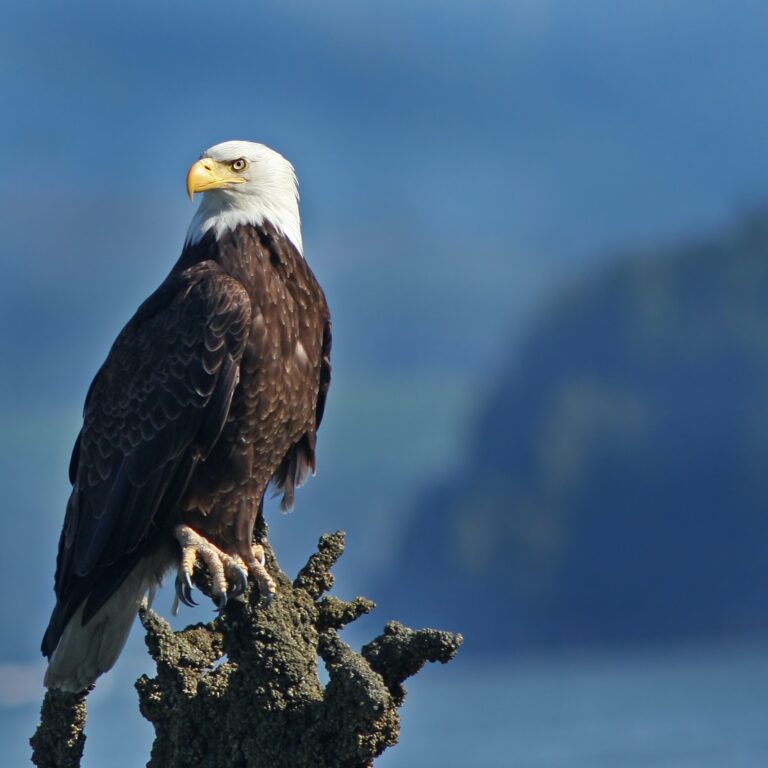
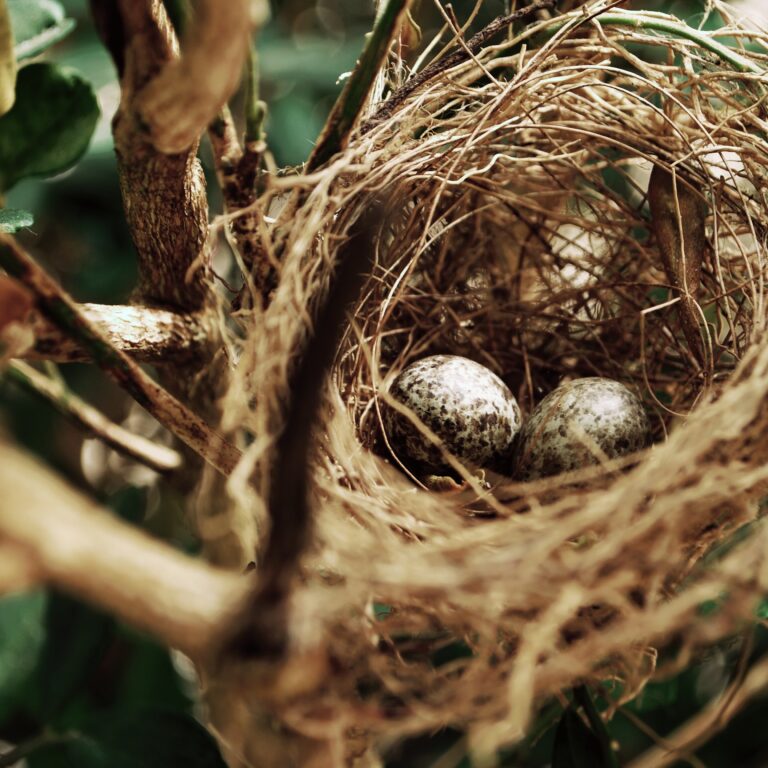
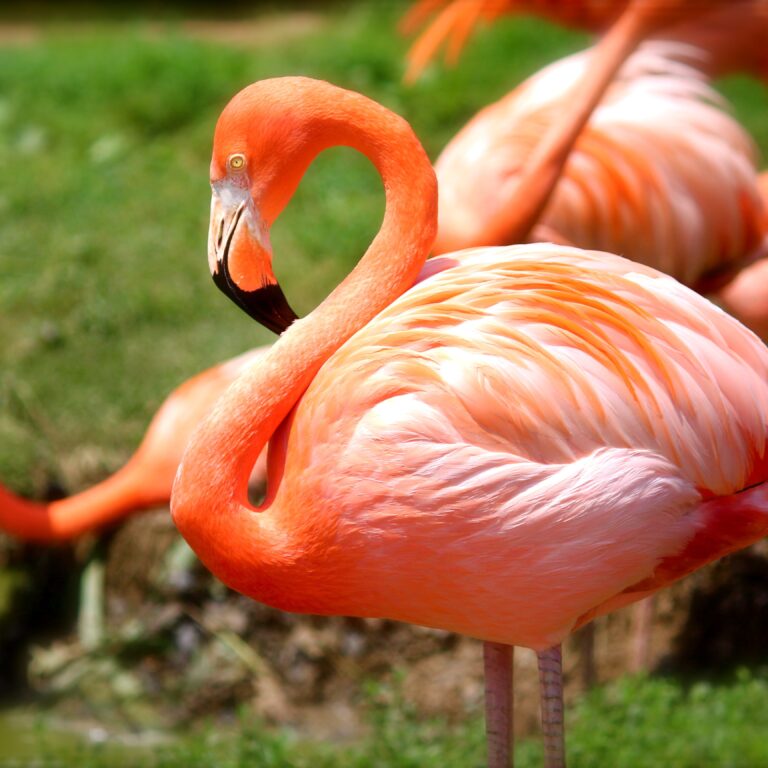
3 Comments